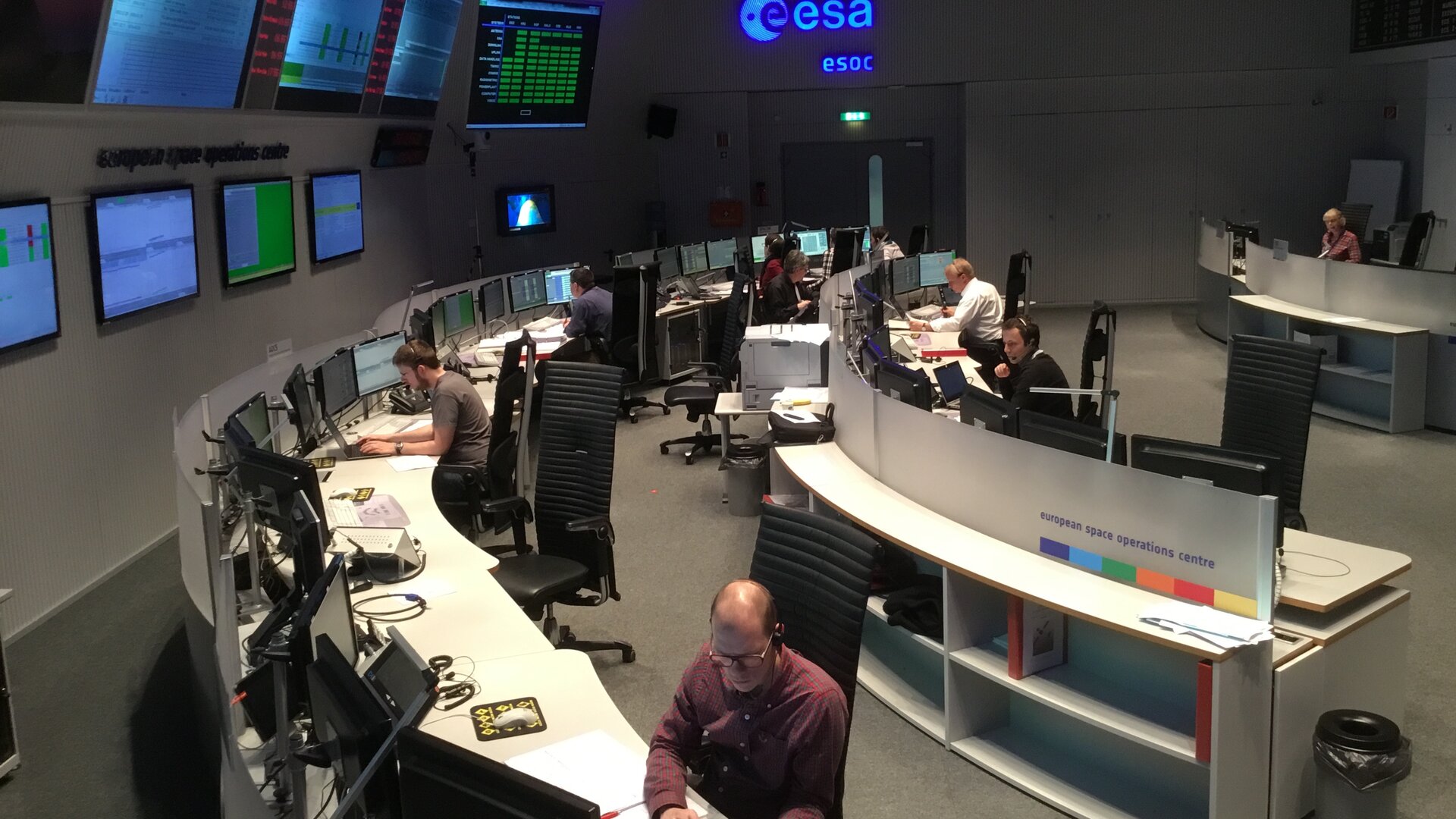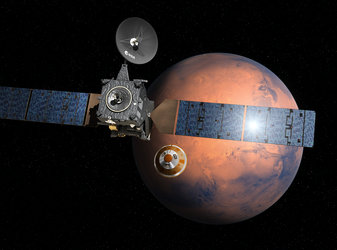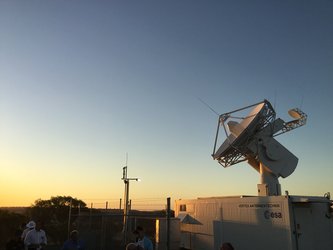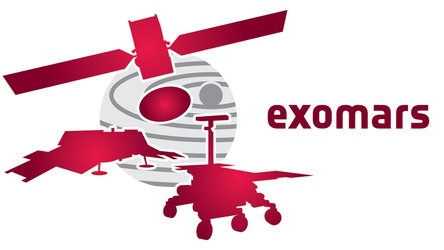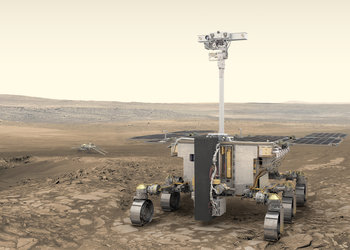Intensive training for Mars voyage
With just days to go before the departure of ExoMars, mission teams are in the final stages of their months-long training that ensures everyone knows their job the moment the mission comes alive.
The ExoMars 2016 mission is set for launch at 09:31 GMT (10:31 CET) on 14 March from Baikonur Cosmodrome in Kazakhstan on a powerful Proton rocket, marking the start of a seven-month cruise to the Red Planet.
ExoMars is a joint endeavour between ESA and Russia’s Roscosmos space agency, and comprises the Trace Gas Orbiter (TGO) and the Schiaparelli entry, descent and landing demonstrator.
TGO will make a detailed inventory of Mars’ atmospheric gases, with particular interest in rare gases like methane, while Schiaparelli will demonstrate a range of technologies to enable a controlled landing on Mars for the 2018 rover mission.
The complex and challenging mission will be operated by teams at ESA’s ESOC control centre in Darmstadt, Germany, where, after months of simulations covering all phases of the journey to Mars, training is in the final, intensive phase.
Working in tight coordination

For any new mission flown from ESOC, diverse teams of European specialists provide a unique mix of expertise, all working in tight coordination toward the precise moment when a just-launched spacecraft ‘wakes up’ in space.
“While we’ll be monitoring TGO’s liftoff and the boost phase very closely, in fact, for us, the most critical moment occurs after the spacecraft separates from the launcher upper stage, when it sends its first signals,” says ExoMars Spacecraft Operations Manager Peter Schmitz.
“That’s the moment we’ve been training months for, when we establish contact, receive the first onboard status information and can start sending telecommands. That’s when we’ll have a mission.”
Acquisition of first signal – AOS – is expected at 21:28 GMT (22:28 CET) on 14 March, just 12 hours after liftoff.
It takes a team of teams
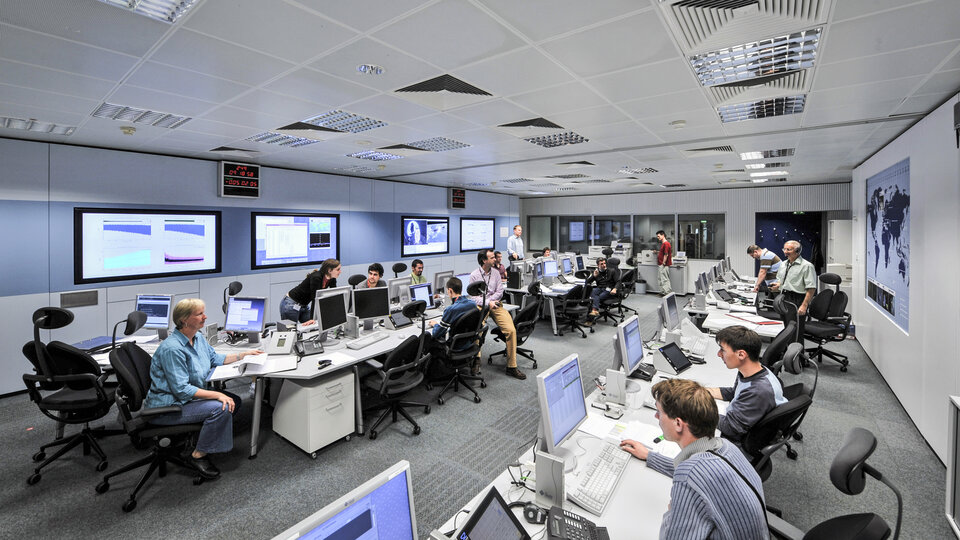
Peter and the 14-strong Flight Control Team will be supported by additional experts from across the centre and the project team at ESA’s ESTEC technical centre in the Netherlands, providing specialised knowledge and capabilities in areas such as deep-space mission operations, flight dynamics, ground stations and software and systems.
Since November 2015, training for ExoMars has included more than 20 simulation sessions, in which teams sit in the control rooms, paced through every phase of the TGO mission, especially the launch and early orbits and the initial commissioning and cruise to Mars.


Access the video
Additional simulations are planned during the interplanetary journey, focusing on critical activities such as the mid-course trajectory correction, Schiaparelli’s separation and the TGO’s insertion into Mars orbit.
“Training is a challenge for everyone, as it’s meant to be,” says Flight Director Michel Denis.
“It could be that an unforeseen problem requires a quick reaction, and this in turn requires excellent teamwork and that everyone is thoroughly familiar with his or her job.
“And these only come about through thorough in-depth and detailed planning, preparation and training.”


